Launching a Retail Destination - Iverson Mall's 1967 Entry into the Market
The ribbon fell on April 20, 1967. Montgomery Ward opened its first 165,000 square feet of retail space anchored by escalators and rows of housewares.
Maryland's Governor J. Millard Tawes cut the ribbon himself, drawing local press and a lunchtime crowd.
By spring, Woodward & Lothrop joined in. With both anchors in place, the full $10 million Iverson Mall opened on September 21, 1967.
It brought sixty retailers under one roof and stretched across 500,000 square feet.
Located where Branch Avenue and Iverson Street cross in Hillcrest Heights, Maryland, the site was strategic - it was close to D.C. but planted in suburban Prince George's County.
The mall was fully enclosed and climate-controlled, a first for the Washington area.
Iverson Mall didn't just line up stores. It straddled Iverson Street - literally - one wing on each side, connected by pedestrian overpasses.
There was even a four-story office tower fused to the front, adding weekday foot traffic that most regional centers lacked at the time.
Inside, it felt futuristic. The fountains burbled, and the flooring shined. You could buy shoes, grab a burger, and see a film without going outside.
Commercial real estate newsletters listed Iverson Mall as a case study in suburban expansion.
The local paper ran a photo essay that fell - bright storefronts, glossy mannequins, full parking decks.
Families came to shop, and teenagers came to hang out. For years, it worked.
Back then, it even appeared on tourist lists.
If someone asked for things to do in Hillcrest Heights, Maryland, locals would tell them to check out the new Iverson Mall, which was still faintly smelling of carpet glue and popcorn.
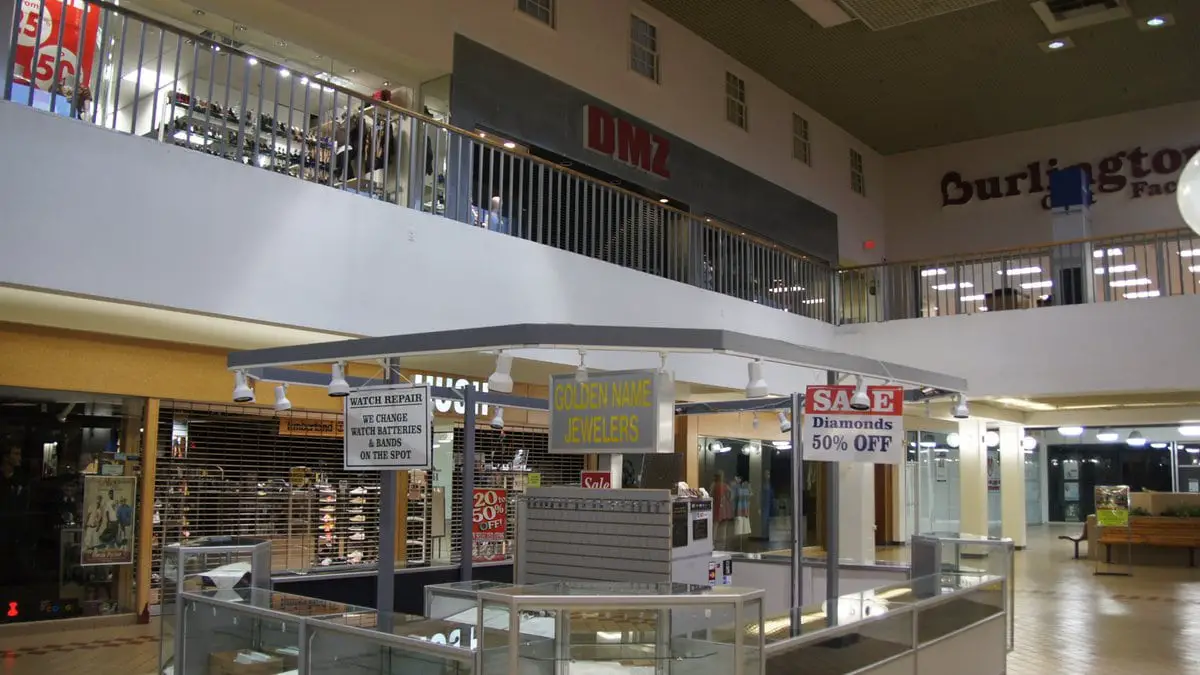
Market Pressure and Interior Overhauls - The 1970s to 2000s
Landover Mall opened in 1972 - just 12 miles away - and changed the game. It had a bigger footprint and more upscale tenants.
By the mid-70s, shoppers in Prince George's County had options, and Iverson started feeling it.
Foot traffic dipped. The office building still buzzed during the week, but weekend numbers softened.
In 1985, mall management removed all the fountains. Maintenance costs were rising, and the layout felt outdated. Retail trends were shifting toward efficiency, brighter interiors, and open sightlines.
Iverson followed suit with lighting upgrades, tile replacements, and simplified wayfinding.
The remodel stripped away some of the 1960s charm but brought it in line with malls elsewhere.
By the 1990s, both original anchors were gone. Montgomery Ward and Woodward & Lothrop shuttered their stores, mirroring closures across the region.
New tenants filled the void, though on different terms. Discount department stores moved in, and Shoppers World and Roses later took over anchor spaces. Smaller shops adjusted, too - some stayed, others left.
The mall's leasing strategy changed. Rather than chasing national chains, Iverson leaned into mid-tier, value-focused brands and local retailers.
The mall's audience had shifted, and its directory followed suit.
In 2008, management tried to reframe the mall's image. They launched a new campaign: "You Can Find it All --- at Iverson Mall." Banners went up inside and out, and ads ran on buses and local radio.
It wasn't a reinvention, but it was a message: Iverson was still here, still open, still selling.
Reinvestment Strategy - Renovation and Retail Pivot
By 2016, the property needed more than a slogan. The new owner has put forward a $30 million renovation plan. They pitched it as a transformation: new facade, better lighting, reconfigured storefronts.
The concept leaned toward a "main street" feel - an open, outward-facing layout with easier restaurant access and an updated pedestrian experience.
Some of the funding came from Prince George's County. The project secured support through the Economic Development Incentive Fund to cover a portion of the cost.
Real estate analysts saw it as a turnaround play. At over 535,000 square feet of retail and 90,000 square feet of office space, the property had scale.
Construction focused on modernizing the facade - wood and glass replaced the original concrete panels.
Security systems were upgraded. The restrooms were redone. New energy-efficient lighting and improved HVAC units were installed.
Maintenance teams worked in phases to avoid shutting down the entire complex.
The plan also included leasing strategy updates. Management prioritized restaurant tenants and service-based businesses with external entrances.
Chipotle came in during that period - front-facing, high-traffic draws.
The retail mix shifted further toward food, beauty, and mobile services.
Iverson's footprint didn't change, but its function did. Hallways were brighter and clearer. Aesthetic choices echoed what shoppers saw in other mid-size suburban centers.
Completion was expected by the third quarter of 2017, though some parts extended into the following year.
In 2022, Iverson Mall in Hillcrest Heights, Maryland, faced financial difficulties when its owner couldn't repay a $21.2 million loan.
This situation led to a foreclosure auction in July 2022, where the mall was sold for $20 million to a group of private investors.
The new owners have expressed intentions to collaborate with the local community and county officials to determine the best future use for the property, which may include redevelopment plans.
Crime Scenes and Community Roots
The call came in just before 6 pm on October 10, 2024. Inside the Foot Locker near the entrance to The Shops at Iverson, a 24-year-old man was injured fatally while employees and customers looked on.
Police arrested a 19-year-old suspect from Waldorf later that day, charging him with first- and second-degree fatal offense.
A second suspect, age 22, was taken into custody during a traffic stop. Officers reported finding two unregistered firearms inside the vehicle.
Just two weeks earlier, the mall had already cleared out for another reason. On the morning of September 25, a suitcase was spotted near the Bank of America branch inside the mall.
It sat next to a small clock. Employees hadn't opened for the day yet, but security called it in. The emergency response team arrived, swept the area, and confirmed the contents were personal items.
There were no explosives - just someone's packed bag left in the wrong place.
Summer brought something different. In June 2024, Stevie Wonder stopped by Pro Cakes, one of the mall's small bakery tenants.
He bought cookies, posed for photos, and left quietly. His wife, Tomeeka Robyn Bracy, is from Oxon Hill - less than five miles away. The photos made it to local news, and for a day, the mall buzzed.
Behind the mall, another project took shape. The "Grow Iverson" initiative repurposed a vacant lot into a community garden. Raised beds, compost bins, and benches went in.
The plan came together through partnerships with Community of Hope AME Church, Farming 4 Hunger, and Prince George's County's housing department.
Volunteers built it, and neighbors started using it. One corner of the property turned green while the rest held steady.
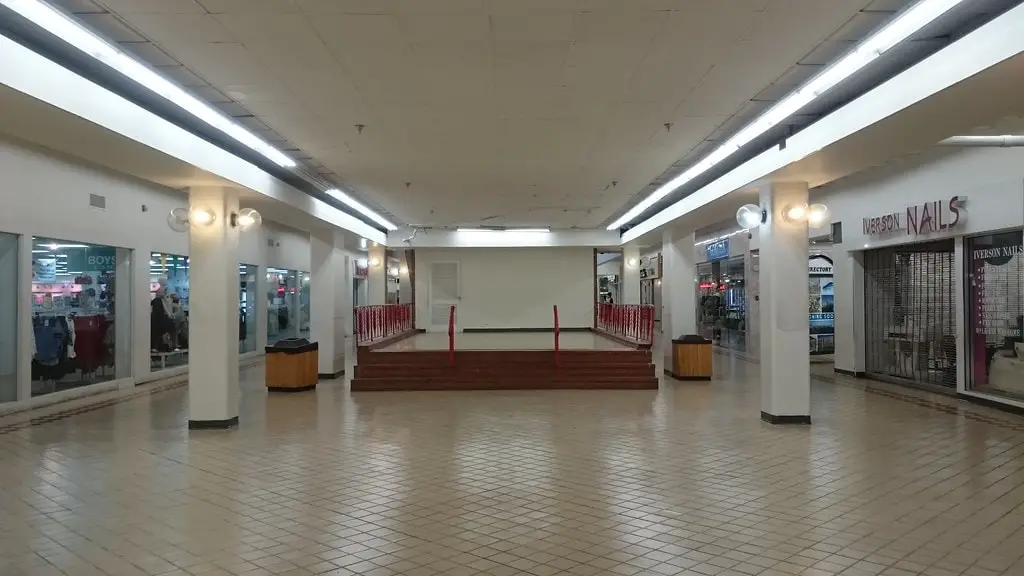
Current Tenant Mix and Market Position - 2024-2025 Snapshot
Shoppers World holds the corner, with 60,000 square feet on the main floor, and Forman Mills has 66,250 square feet on the lower level.
Roses anchor the opposite end with another 60,000. Those three stores form the mall's backbone.
None are luxury. All cater to value-focused shoppers.
The rest of the tenant list reads like a cross-section of mid-market suburban retail.
On the food side: Chipotle, Rio Buffet & Bar, Wingstop, Hook & Reel, Tropical Smoothie, Great Cookie, Charley's, Quickway, and Mamma Lucia.
Pro Cakes operates closer to the entrance and is known for its baked goods and celebrity visits.
Beauty and wellness fill a lot of the smaller units. Snob Nails, VIP Nails, Star Braiding, and Salon World share space with eyewear retailers like L&M Eyecare and Sterling Optical.
There are at least four jewelers - Elite, King, RK, and Dazzle. Most occupy under 2,500 square feet.
Other tenants include Kids for Less, Citi Trends, and MHC Healthcare. The medical component - about 27,000 square feet - is one of the few areas with consistent weekday traffic.
Tags & Title round out the services section.
Leasing brochures from April 2024 list more than 10 vacant units, with available spaces ranging from 1,100 to 6,500 square feet.
Some storefronts show "Coming Soon" signs. Others are empty - dark glass, no signage, gate pulled halfway.
The retail strategy leans hyper-local. Demographic data focuses on nearby zip codes, traffic counts, and household income within a one - to five-mile radius.
By this point, things to do in Hillcrest Heights still include Iverson Mall - but mostly for errands, walk-in clinics, or carryout.
There are no cinemas, no anchor restaurants, just the pieces that stayed.
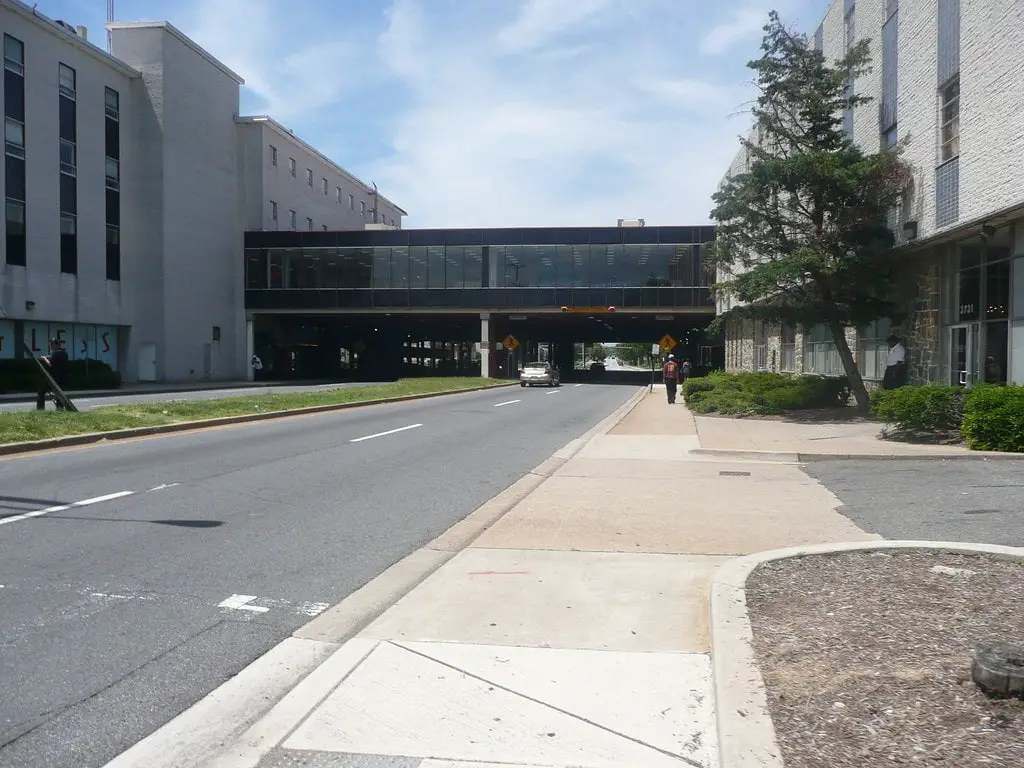


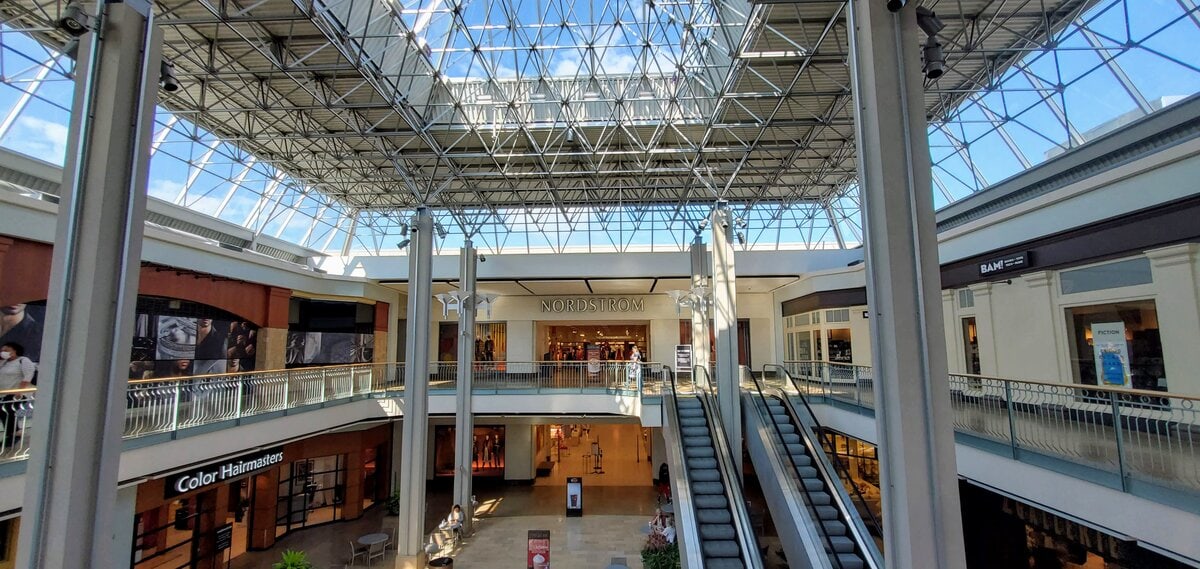
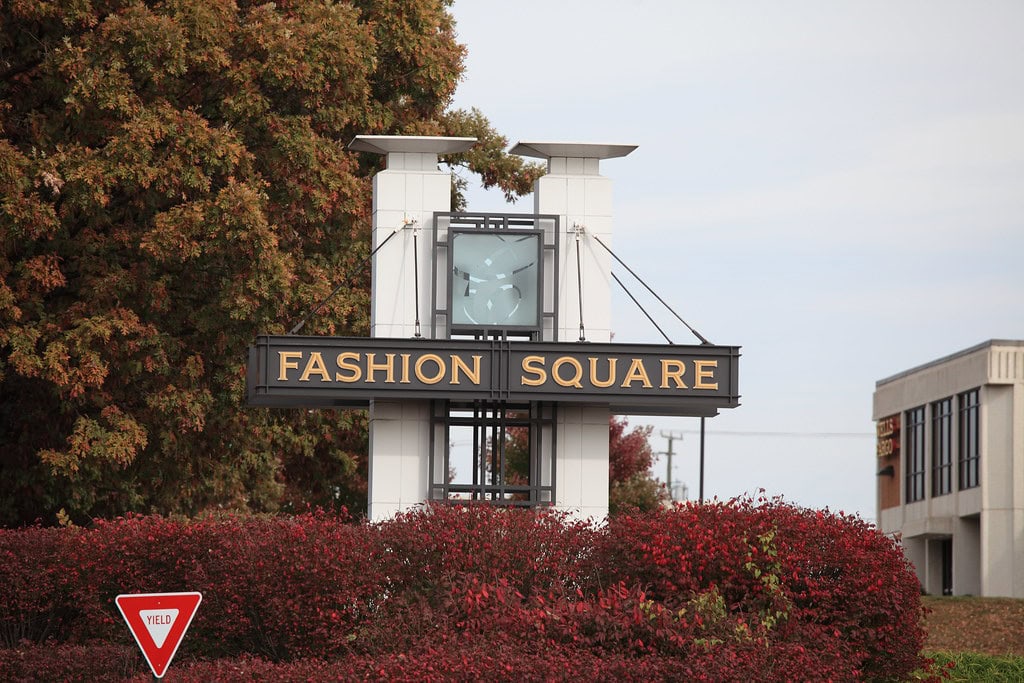
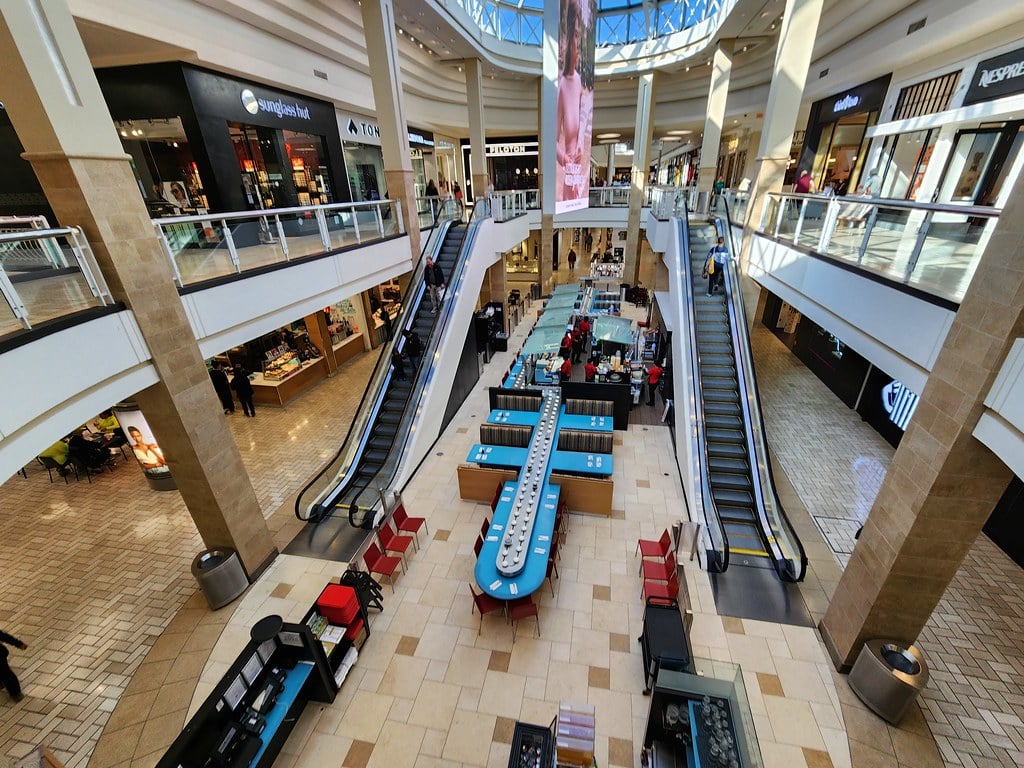
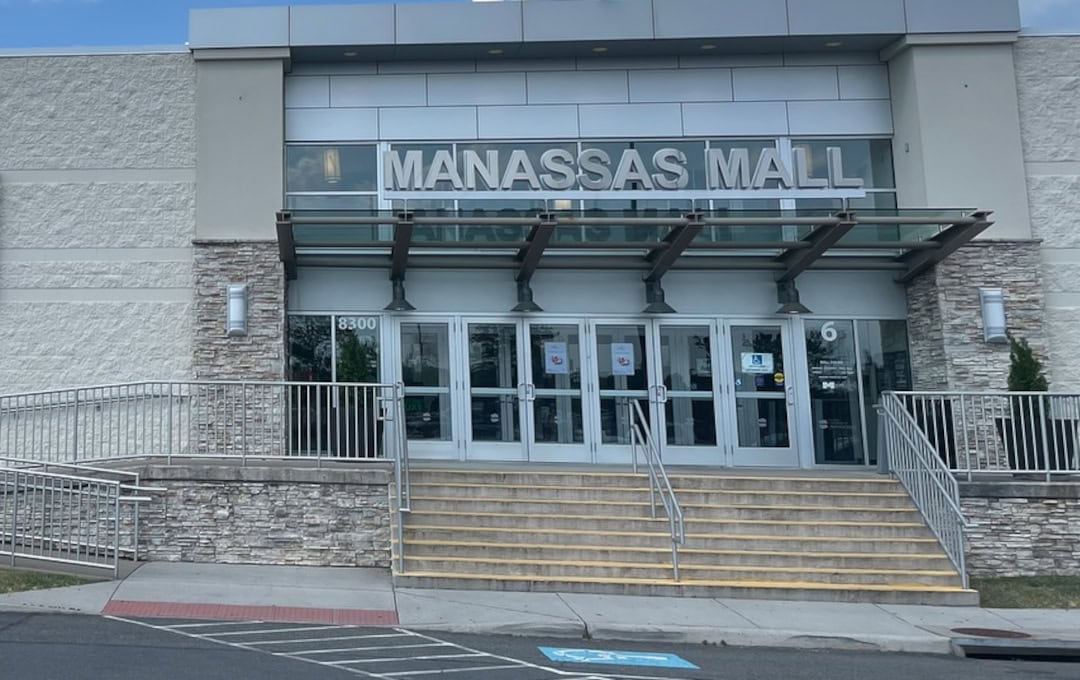
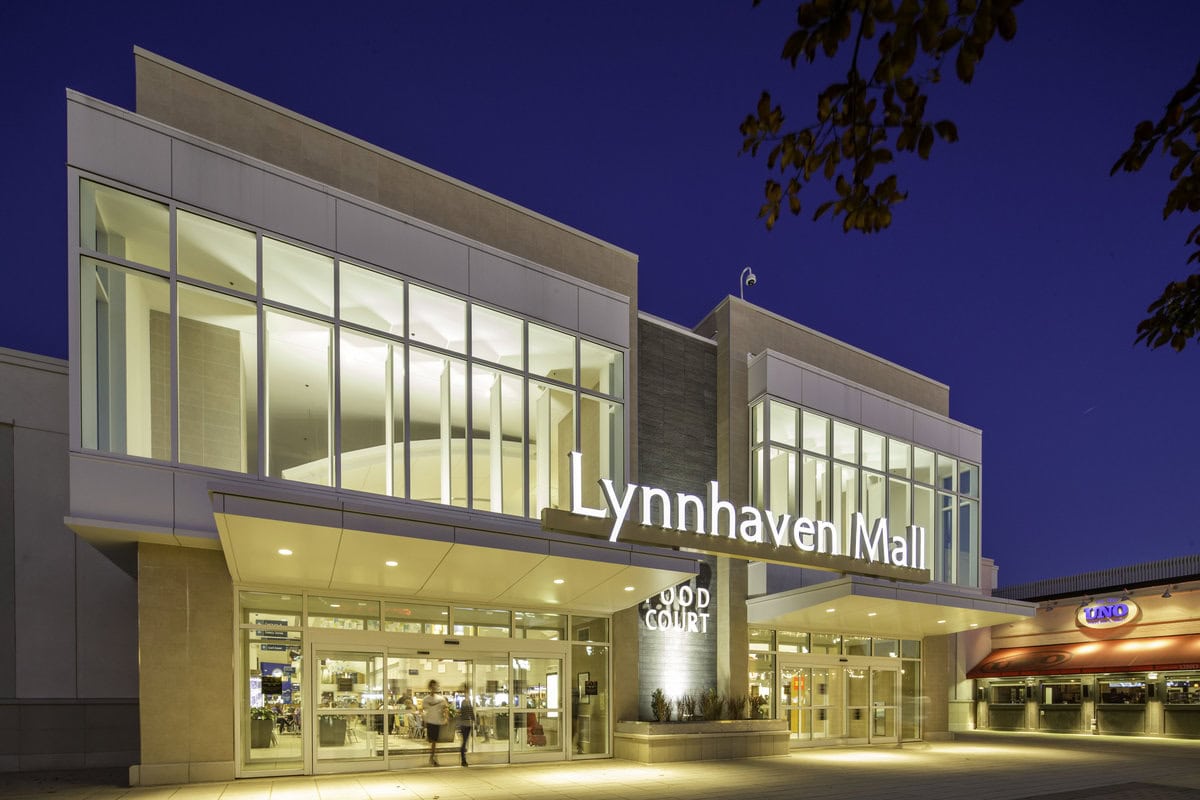
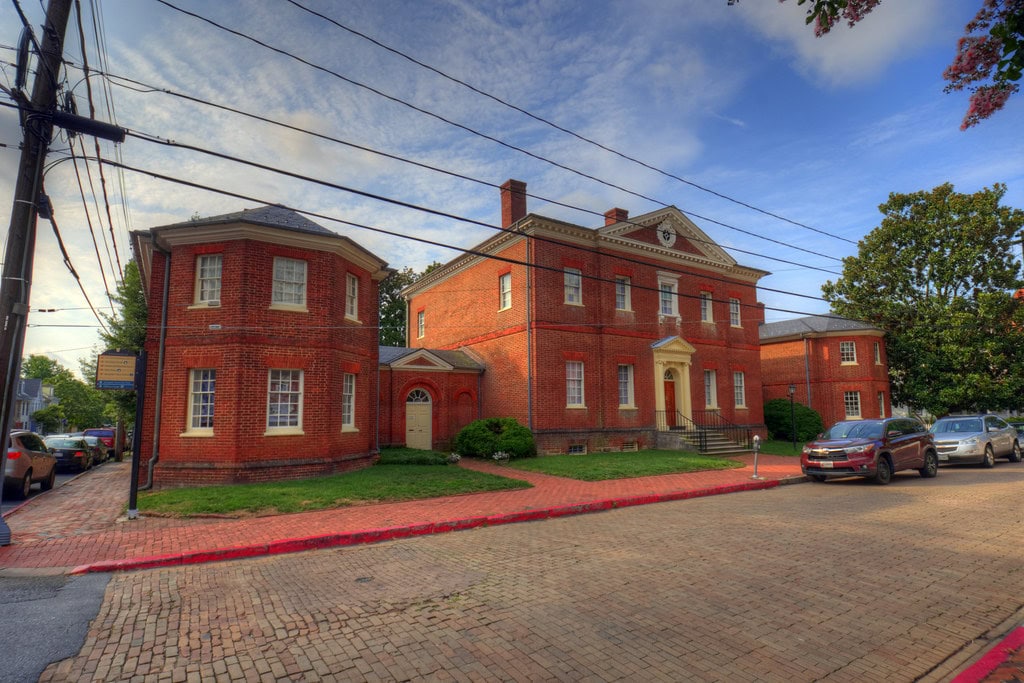
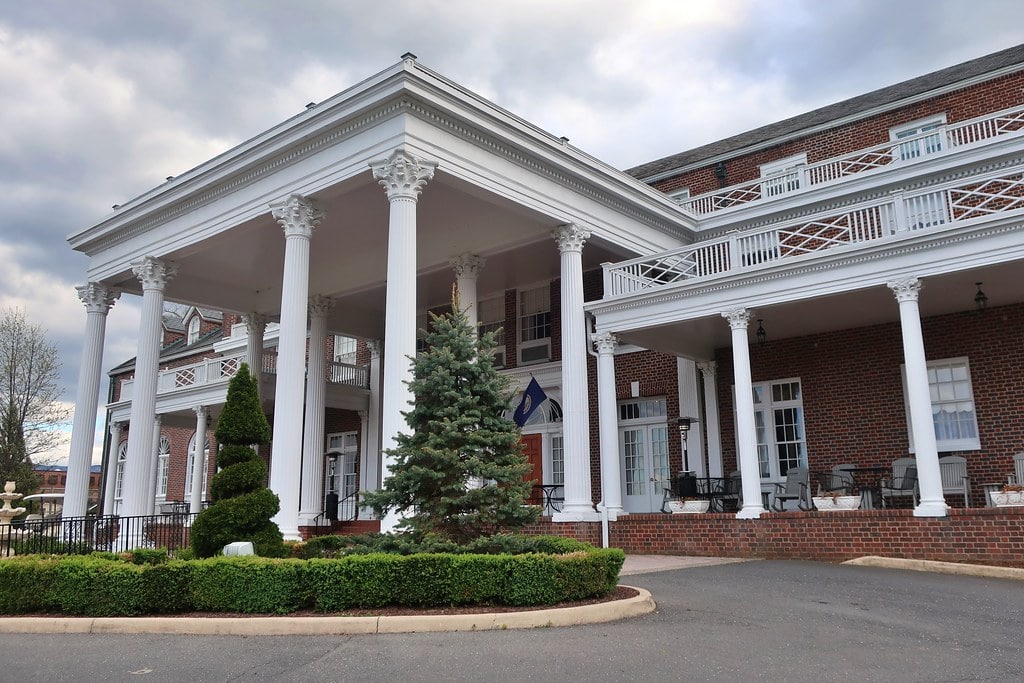
That was a beautiful mall back in the day, I really enjoyed shopping there, knowing it was a Woodies there, and a Hechts on the opposite side of the street. Drugs took over in the mid-80s, and everything in the area devalued. Our folks, the young brothers, took it down with robberies, shootings, and murders. The mall gradually started to deteriorate and go down.
You're being honest about what went down, and that matters. No sugarcoating, just laying out what people lived through.
Well, nice article but you left out a few things: First, back in the day there was a very successful "record store" in the mall that regularly attracted celebrities, it was located partly in the area where Chipotle is now. Second, the Hook N Reel never opened along with another food store you mentioned. Third, after the Church departed, several attempts were made to bring some form of a club type establishment to that space with no success but currently a private group has secured this space as an event center but there have only been a few of these private events since it came to be and no activity has been noticed for at least 6 months. Also, the closing of Bank Of America has been a negative since people could come into the main mall after visiting the bank. Currently they are renovating that space apparently for a new tenant.
Thanks for such a detailed comment—especially about the record store. The fact that celebrities were coming through says a lot about what Iverson once meant to the area. Renovating that old bank spot sounds promising, but the pattern here makes folks cautious. Unless that new tenant brings steady daily business—not just another temporary idea—it's hard to imagine it shifting things. The mall needs regular energy.
The low tier shops all carry products that are easily ordered online for a fraction of the cost. The entire Mall screams Go Home!!
The irony? Malls were once about discovery. Now, you already know what's in every store before you park. That predictability kills places like Iverson.
This area need more top retail stores the store that are there do not carry items that shoppers want to buy and this is why business so bad.
The real question is: why haven't the better chains moved in? It's not like P.G. County lacks spending power.
I recently went to Iverson Mall for cake. It had been a while, and I was deeply saddened by how few decent shops were there. Mostly five and dime deep discount stores and rather cheap looking jewelry stores. The only thing it has going are the eateries there.
How many telephone & tobacco stores do we need in our neighborhoods? P.G. residents are middle to upper earnings class with high homeowner taxes. Iverson Mall has potential. How can we attract better store chains to our area?
If the only things thriving are smoke shops and cell cases, something's broken. The answer won't come from mall management alone—it needs community pressure.